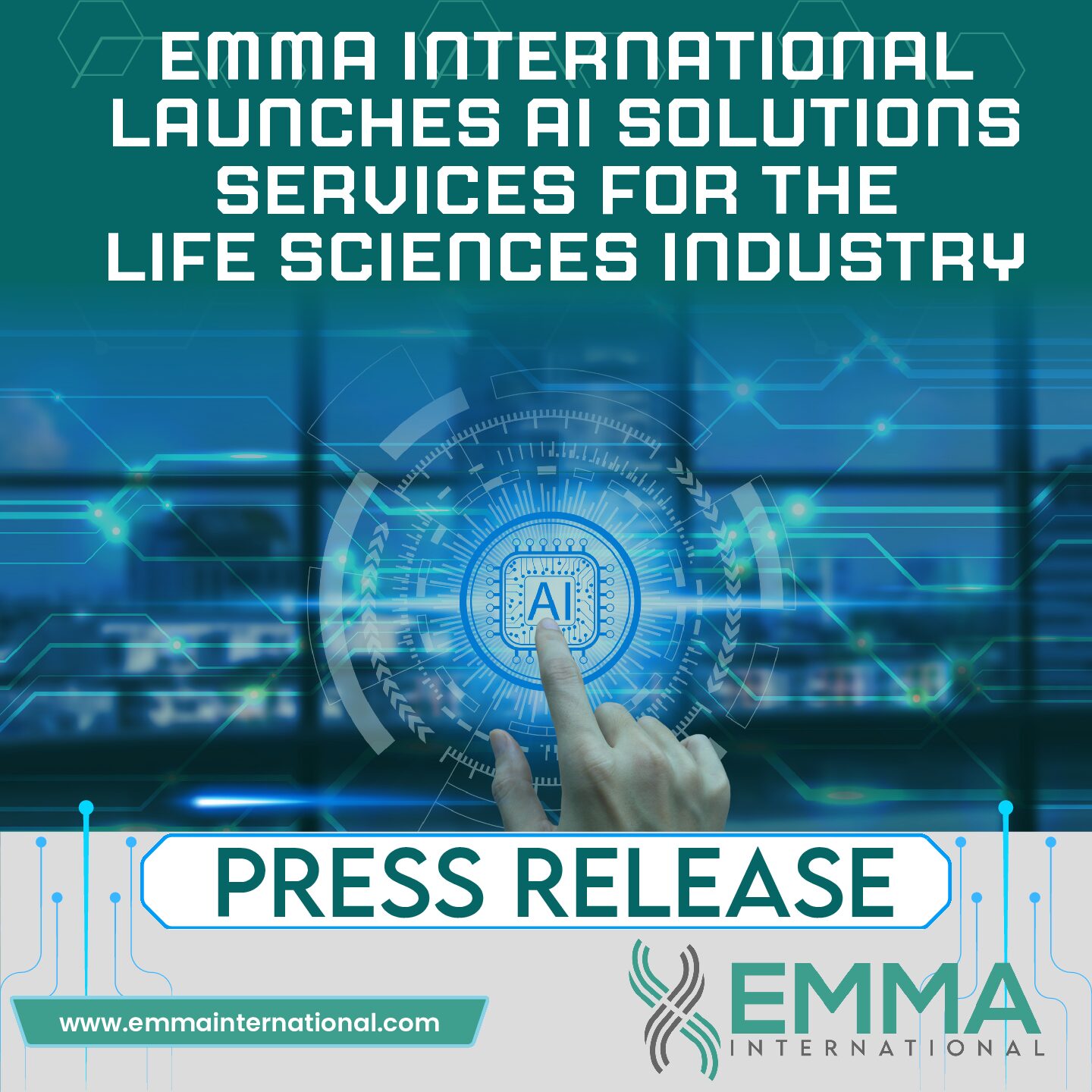Nowadays, there are mobile applications for almost every utility and in every domain. From e-commerce, finance, education, food-industry to healthcare, mobile applications provide impeccable services as these software tools in our mini-computers provide the best user experience and equivalent internet access as observed in a web browser. February is the American Heart Association month and at EMMA International we celebrate this month by presenting this blog on mobile applications that provide services for heart and blood pressure monitoring.
Presently, all mobile applications are hosted on Cloud. If this Cloud service is integrated with the Internet of Things (IoT) technology, it enables integration with hardware devices that achieves incredible data monitoring service. For example, I currently utilize a Fitbit smartwatch. It continuously tracks my steps, heart rate, and sleep patterns, and sends them to Cloud. This data recording is done using sensors such as the HR Sensor or advanced pedometers. Such sensors constantly send data directly to Cloud servers, and the visual data analysis is rendered on their respective proprietary mobile applications.1
Now that we have gone through the workflow of an application powered by the IoT for monitoring purposes, let us look at a couple of applications that are specifically designed for heart and blood pressure monitoring. The first application that we have on our list is the FDA-cleared AliveCor’s KardiaMobile application that also comes with an external EKG measurement device. It records the heart rhythms and emails this data to the respective healthcare provider. The next application on the list is the 510(k)-cleared Qardio’s QardioArm along with their mobile application. It is a holistic blood pressure and heart rate monitoring application where engineers have not only focused on the accurate functionality, but also the look of the device. The device resembles a stylish book and can easily fit in a user’s pocket. It keeps track of irregular heartbeats and sends a notification along with the recorded data to their respective doctors, specifically in times of anomalies.2
The first application cleared by the FDA that can detect atrial fibrillation (irregular rapid heart rate that causes poor blood flow) is the Qompium’s FibriCheck. One of the most interesting points here is their exceptional drafted algorithm. For monitoring the heart rate, their IoT-enabled device utilizes camera-based light components to measure the reflection of light obtained from the patient blood flow. Using this measurement, the heart rate is computed and reflected in their mobile application. 1 Finally, the last application that I wanted to discuss might be the one that you are currently using which is Apple’s EKG mobile application. Apple watch has two electrocardiograms which are also endorsed by the American Heart Association. One of the most incredible functionalities of Apple’s software tool is that it is designed to catch irregular heart rhythms or cases of atrial fibrillation from normal scenarios such as when you may be taking an exam to critical scenarios such as cardiac arrest. Also, one of the biggest highlights is their mobile application which is well designed and orchestrated to best-fit user experience including notifications for irregular heartbeats.3
After my research through all these applications, I pondered what if the results or visual analysis provided by these smart applications is not accurate? How is this measured and verified? Truly, when these applications are assisting healthcare personnel to make significant decisions, then these applications should be thoroughly validated. Being a software engineer in the medical device industry, I can state that the first task for validation is determining if the mobile application is a medical device. If an application or software is utilized in the detection, cure, mitigation, treatment, or prevention of diseases, then only the mobile application is labeled as a medical device.
Validation begins by validating the overall mobile application design. This step includes a thorough documentation process of the software requirements and the system architecture. Additionally, app developers should incorporate Good Programming Practices and perform scrutinized testing activities with in-depth code inspections. This step helps developers identify specific risks such as data leaks, exposing data to unknown URLs, or incorrect data sync events that affect the visual analytical results. Overall, if the application is impacting patient care or safety, validation should be executed before the application is released in the market. At EMMA International, we specialize in such software validation services. Irrespective of your application development stage, which may be in a designing phase or currently active in the market, we provide end-to-end software validation solutions. Do you have a mobile application, and do you need help getting your mobile app FDA compliant? We can help you determine if your app is a medical device and if it is, our regulatory and software experts can guide you step-by-step through the FDA regulatory process. Contact us at 248-987-4497 or info@emmainternational.com for more information.
1John Bailey (May 2020) How is IoT solving Pain Points in Healthcare. Retrieved on February 8th, 2021 from https://www.healthtechzone.com/topics/healthcare/articles/2020/05/27/445511-how-iot-solving-pain-points-healthcare.htm.
2Dr. Mark Meyer (January 2020). Top Heart Healthy Apps & Devices for 2020. Retrieved on February 8th, 2021 from https://www.cardiologistnyc.com/post/top-heart-healthy-apps-devices-for-2020.
3Kate Sheridan (September 2018). The new Apple Watch, with FDA’s blessing, comes with an EKG app. Retrieved on February 8th, 2021 from https://www.statnews.com/2018/09/12/apple-watch-fda-clearance/#:~:text=After%20years%20of%20coming,electrocardiogram%20to%20measure%20heart%20rhythm.





